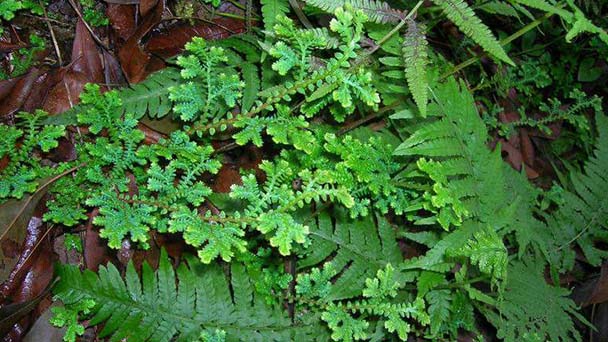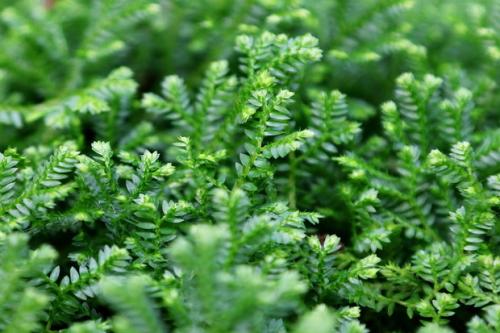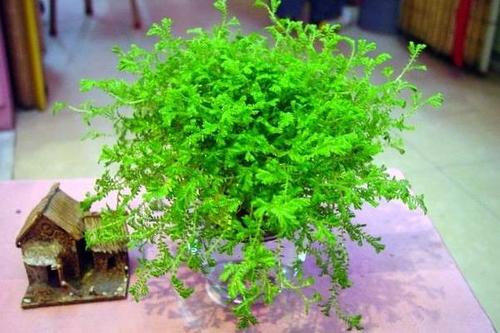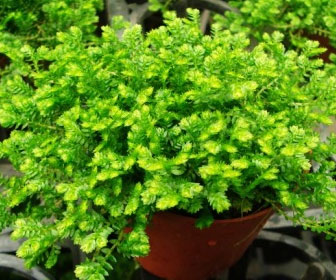How to grow Selaginella uncinata
Written by Maggie
Nov 25 2020

Selaginella uncinata is suitable for cultivation in slightly acidic soil with better permeability. Selaginella Uncinata prefers a moist, semi-cloudy environment and needs to be watered every day to ensure the moisture of the soil. Selaginella uncinata cannot be exposed to strong sunlight, which can cause the leaves to burn. During the annual growing period, the leaves of the plant need to be trimmed to avoid absorbing plant nutrients.
Selaginella uncinata picture

Breeding methods of Selaginella uncinata
1, the soil
Selaginella uncinata is a medium-sized overlying fern. It is suitable for planting in loose soil with good water permeability and weak acid or acid soil. It may be made of humic soil, peat soil, river sand, garden soil, in proper proportions. This kind of soil has good water permeability and is suitable for planting Selaginella uncinata, which is conducive to the growth of plant roots.
2, sewage sludge,
Selaginella uncinata prefers moist soil and does not tolerate drought. It needs to be watered every day to keep the soil moist. We need to spray water to the leaf often, to keep the moisture off the leaf surface, which is helpful for the plant to grow more exuberantly. During the winter, reduce watering, but keep the soil moist. During growth, a thin layer of nitrogen and phosphorus is applied every half month.

3, light
Selaginella uncinata prefers a semi-cloudy environment. Avoid direct exposure to strong light to avoid leaf burns. In the spring, the sun is not strong, you can put the plants outside to receive the appropriate light. In summer, proper shading should be carried out to avoid direct sunlight. Selaginella uncinata can be moved into the room to receive weak astigmatism.
Precautions for breeding Selaginella uncinata
Selaginella uncinata has a rapid growth rate and rapid metabolism during its growth. Be careful to prune withered branches and leaves to avoid further absorption of nutrients. Potted Selaginella uncinata grows rapidly in the spring and needs to be turned over when the plant is full.

Latest Updated
- Benefits of Bugleweed - 7 Science-backed Health Benefits
- Bugleweed Dangers & Side Effects - Is It Poisonous?
- How to Plant Evergreen Trees - What You Should Know
- When to Plant Evergreens - Grow Guide for Evergreen Trees
- 12 Wonderful Evergreen Shrubs for Your Garden
- 12 Popular Evergreen Plants with Pictures for Beginners
- When And How To Prune A Lilac Bush Like a Pro
- How to Grow & Care for Lilac Vine (Hardenbergia Violacea)
- Japanese Lilac Tree (Syringa Reticulata) Care & Propagation Guide
- Shumard Oak Pros and Cons - What to Know
Popular Articles
- Winter maintenance of Antirrhinum Majus
- How to Grow Terminalia Mantaly Tree
- How to Grow and Care for Crossostephium Chinense
- How to grow Antirrhinum Majus in spring
- Peristeria Elata (Dove Orchid) Profile: Info & Care Guide
- Underwatered Snake Plant (Sansevieria Trifasciata) - Signs And How To Fix
- How to Care for Brazilian Jasmine Plant (Mandevilla Sanderi)
- How to Grow & Care for Graptopetalum Purple Delight in Summer
- Rosa Chinensis (China Rose): Plant Growing & Care Tips
- How to Care for Baby Sun Rose (Aptenia Cordifolia)